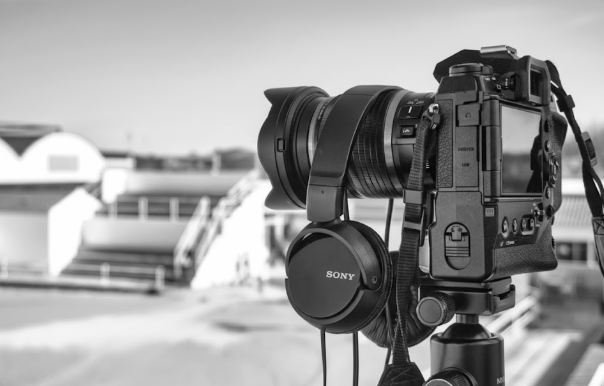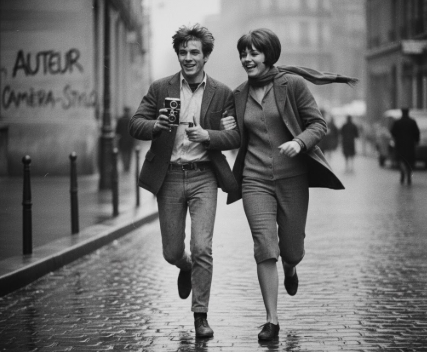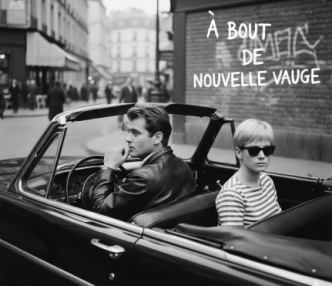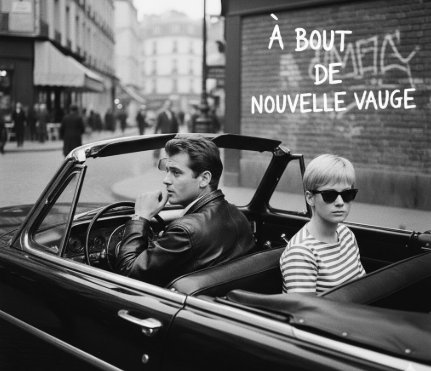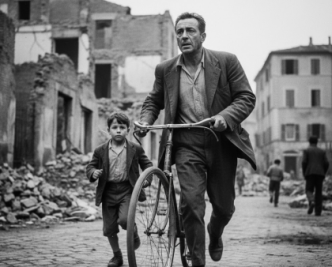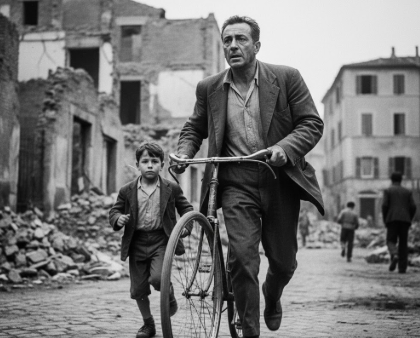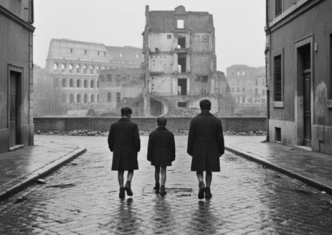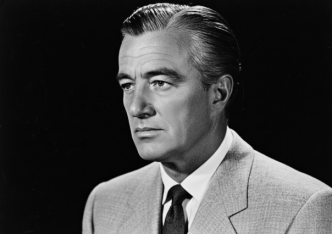In the late 1960s, the polished, predictable world of classic Hollywood began to crumble. The “dream factory” that had churned out glamorous stars and formulaic pictures for decades was losing its grip on the American imagination. In its place rose a dynamic, rebellious, and artistically daring movement that would forever change the landscape of cinema: the New Hollywood.
Spanning roughly from the mid-1960s to the early 1980s, this era, also known as the American New Wave, was defined by a seismic shift in power from the producer-run studio to the visionary director. Influenced by European art cinema and fueled by the social and political turmoil of the time, a new generation of filmmakers—the “movie brats”—tore up the old rulebook, creating films that were personal, thematically complex, and morally ambiguous. This was not just a change in style; it was a revolution in storytelling that gave birth to modern American film.
The Cracks in the Foundation: The Fall of the Studio System
The New Hollywood movement did not emerge in a vacuum; it rose from the ruins of the old studio system, which had been weakened by a series of powerful blows. The first and most significant was the 1948 Supreme Court ruling in United States v. Paramount Pictures, Inc. This landmark antitrust decision dismantled the studios’ vertical integration, forcing them to sell off their theater chains and ending monopolistic practices like block booking. Without guaranteed exhibition for their films, the studios’ assembly-line model became financially untenable, opening the door for independent producers and theaters to compete.
Compounding this was the rise of television in the 1950s, which pulled audiences away from cinemas and into their living rooms. Box office numbers plummeted, and costly epics designed to lure audiences back, like Cleopatra (1963), often became disastrous financial failures, nearly bankrupting studios like 20th Century Fox. The old guard was losing money and, more importantly, losing touch with its audience. A new, younger, and more educated Baby Boomer generation was coming of age, and they were disillusioned by the Vietnam War, energized by the Civil Rights Movement, and deeply suspicious of the establishment. The sanitized, morally simplistic films of their parents’ generation no longer resonated.
A New Cinematic Language
This younger audience found inspiration in the revolutionary new waves of cinema coming out of Europe. Movements like the French New Wave and Italian Neorealism introduced American cinephiles to a new kind of filmmaking—one that was personal, stylistically innovative, and thematically daring. These films championed the “auteur theory,” the idea that the director, not the producer, was the true author of a film. This philosophy, combined with the final collapse of the restrictive Hays Code in 1968, gave a new generation of American filmmakers permission to experiment.
The films of the New Hollywood were characterized by a gritty realism and a willingness to tackle controversial subjects head-on. Landmark films like Arthur Penn’s Bonnie and Clyde (1967) and Mike Nichols’ The Graduate (1967) shocked audiences with their frank depictions of violence and sexuality, and their anti-authoritarian themes. The heroes of these films were no longer noble figures, but morally ambiguous anti-heroes—alienated, flawed, and deeply relatable to a generation questioning the American Dream. This new cinematic language embraced unconventional techniques like non-linear narratives, handheld cameras, and the use of popular rock music soundtracks, creating a style that was as restless and unpredictable as the era itself.
The Rise of the “Movie Brats”
At the heart of this movement was a new generation of directors, many of whom were the first to be trained in university film programs. Dubbed the “movie brats,” these young cinephiles, including Francis Ford Coppola, Martin Scorsese, Steven Spielberg, and George Lucas, were steeped in film history and eager to make their mark. Given unprecedented creative freedom by desperate studios, they produced some of the most iconic films in American history. Coppola turned the gangster genre into a tragic family epic with The Godfather (1972), while Scorsese explored urban alienation and violence with a raw, documentary-like intensity in films like Taxi Driver (1976). These were personal, auteur-driven films that reflected the unique vision of their creators.
The Blockbuster and the End of an Era
The artistic freedom of the New Hollywood era, however, was short-lived. The movement that was born from financial desperation was ultimately ended by spectacular financial success. In 1975, Steven Spielberg’s Jaws shattered box office records, followed two years later by George Lucas’s Star Wars (1977). These films created the template for the modern blockbuster: high-concept, special-effects-driven spectacles with massive marketing campaigns and franchise potential.
Studios, once again seeing a reliable path to enormous profits, shifted their focus away from risky, director-driven projects and toward the pursuit of the next big hit. The financial disaster of Michael Cimino’s ambitious auteur film Heaven’s Gate (1980) was the final nail in the coffin, convincing studios to reclaim creative control from directors. The rebellion was over.
Conclusion: A Lasting Legacy
Though the New Hollywood era was brief, its impact was profound and permanent. It shattered the conventions of the old studio system, introduced a new level of thematic sophistication and stylistic realism to American film, and established the director as a central creative force. It created a demand for more complex storytelling and morally gray characters that permanently altered audience expectations. The spirit of the New Hollywood lives on in the independent film movement and in the work of every director who fights to tell a personal, uncompromising story, proving that the dream factory could, for a time, become an artist’s studio

Dario Loce is the founder and editor of Celebrimous. He is a lifelong film enthusiast and the author of several locally-published books on cinema history and analysis. His passion is deconstructing the “how” and “why” of filmmaking, from the director’s vision to the editor’s cut. When not lost in a classic film, he’s usually walking through the city, replaying scenes in his mind like unfinished stories.

